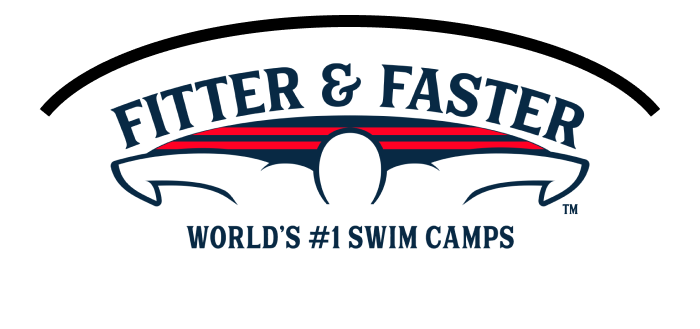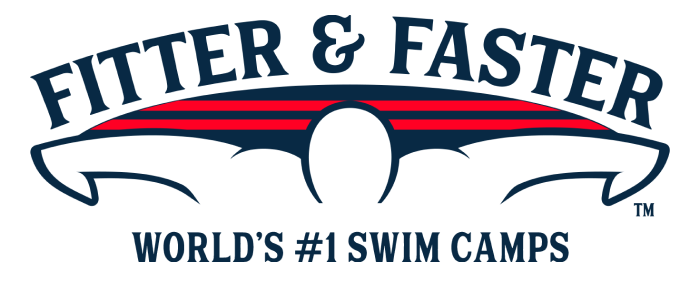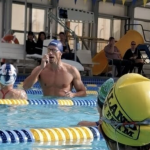Past Clinic: 2022 North Potomac Swim Camp Series for 11 & Unders!
Westleigh Recreation Club
14900 Dufief Mill Rd,
North Potomac,
MD 20878
A description of what was covered at this past clinic is below the upcoming clinics.
Upcoming Swim Clinics and Camps
Within 250 miles of North Potomac, MD.
Past Clinic
Introduction
Fitter & Faster is producing THREE, 2-day swim camps in North Potomac, Maryland during the Summer of 2022! Each camp within this series focuses on "Comprehensive Racing Technique and Skills" for specific strokes. This web page provides details and registration for the camps for swimmers ages 11 & under! Click here for the swim camps for athletes ages 12 & up.
BACKSTROKE RACING CAMP - August 8 & 9, 2022
FREESTYLE RACING CAMP - August 11 & 12, 2022
COMPREHENSIVE TURNS & UNDERWATERS CAMP - August 15 & 16, 2022
Click the “Curriculum Menu” below for details on each camp! Session sizes are limited to only 24 participants to allow for the best learning experience.
SAVE when you purchase a “Full Camp Bundle”!
Select a curriculum below
Comprehensive Backstroke Racing Camp - AUGUST 8 & 9, 2022
Over 2 days, swimmers will work with Fitter and Faster’s world-class clinicians to strengthen their backstroke technique and apply racing and training tactics that will lead to better performances in their competitions! This camp will be led by Elite Clinician and Olympian Josh Watson!
- DAY 1: HIGH PERFORMANCE BACKSTROKE TECHNIQUE (Aug 8): Cultivating good habits to swim high level Backstroke begins as soon as you learn the stroke. Even if your swimmer is already in high school - it’s never too late to begin practicing techniques that will drastically improve their efficiency, power and times. Today, your swimmer will work on techniques to strengthen their bodyline, catch, kick, and pull - resulting in faster backstroke races.
- Bodyline: A competitive swimmer’s bodyline is the key to fast swimming. The name of the game is to eliminate all extra movement of the body including even the slightest bobbing, wiggling. Participants will learn and practice proper posture and engagement of their core to have a strong foundation for better technique - creating a full-body connection for more hydrodynamic and efficient backstroke.
- Rotation: Backstroke is fastest and most efficient when a swimmer’s body is “rotating” around their spine with each stroke. This part of swimming Backstroke has a big effect on maintaining a proper bodyline. Participants will practice activating their core muscles to form a powerful connection from head to toe with every stroke - resulting in faster backstroke!
- Kick: A swimmer’s kick is the motor behind their Backstroke! There are obviously proper and improper ways to kick which we will review at the camp. Just as important, however, is practicing the complexities of how and when swimmers need to “shift gears” in their legs to become stronger and faster racers.
- Pull: Just like in freestyle, the pull in backstroke keeps a swimmer balanced and accelerating forward. Essentially the best swimmers are creating a paddle with every stroke. The clinicians will work with participants to establish an early vertical forearm “the catch”, enabling the swimmer to put immediate pressure back on the water. Properly completing the stroke keeps the swimmer moving forward efficiently and fast.
- DAY 2: BACKSTROKE RACING AND TRAINING SKILLS (Aug 9): On Day 1, participants practiced high performance backstroke techniques. Now, let’s leverage these skills to develop strong racing and training habits. Learning to prioritize tempo and length of stroke, while maintaining efficiency has a huge impact on maximizing speed in backstroke.
- Length of Stroke: A long stroke will enable your swimmer to “catch” and hold onto more water to propel them as they swim. Whereas, a short stroke is inefficient and not sustainable for very long. The clinicians will work with participants on this important skill for fast swimming.
- Tempo: Tempo is the rate at which a swimmer is moving their arms and legs. When sprinting short races many swimmers often tend to take too many strokes (“spin their wheels”) and not “hold onto the water”. At this camp we will explore different tempos that suit your swimmer for their backstroke races.
- Pacing/Control: A swimmer’s tempo will change depending on the backstroke race that they are swimming. It may also change at different points during the same race! Your elite clinician will teach participants how to manipulate their tempo, speed and energy at different points in a race. This is called Pacing or “Control”.
- Backstroke Starts: The fastest part of every single race is the start - that’s no different for backstroke! Your swimmer is going to learn and practice starting a high performance backstroke race. We’re going to work on a “clean”, fast water entry in which the athlete carries the momentum from the start into their streamline, underwater dolphin kicking and breakout.
- Speed Set: At the end of this session your swimmer will do a short and fast swim set to practice everything they have learned over the past two days.
Comprehensive Freestyle Racing Camp - AUGUST 11 & 12, 2022
Freestyle is the first stroke we learn. It’s the stroke we swim the most at practice. There are more freestyle races and relays at meets... and it is the fastest stroke to move through the water. As with any other stroke, the more efficient and powerful your technique - the more success you will experience with your practices and freestyle races as your career progresses. Over two days, your swimmer, no matter their level, will improve their freestyle technique, racing and training skills! This camp will be led by Olympian Joao De Lucca!
- DAY 1: HIGH PERFORMANCE FREESTYLE TECHNIQUE (Aug 11): Cultivating good habits to swim high level freestyle begins as soon as you learn the stroke. Even if your swimmer is already in high school - it’s never too late to begin practicing techniques that will drastically improve their efficiency, power and times. Today, your swimmer will work on techniques to strengthen their bodyline, catch, kick, pull, and breathing pattern.
- Bodyline: A freestyle race is going to be fastest with the proper bodyline. Even the slightest adjustment of the chin, neck, and/or back can make a huge difference. As swimmers mature in the sport and grow physically, their body position shifts and often bad habits are created. Participants will learn and practice proper posture and engagement of their core to have a strong foundation for better technique - creating a full-body connection for more hydrodynamic and efficient strokes.
- Rotation: Freestyle is fastest and most efficient when a swimmer’s body is “rotating” around their spine with each stroke. This part of swimming freestyle has a big effect on maintaining a proper bodyline. Participants will practice activating their core muscles to form a powerful connection from head to toe with every stroke - resulting in faster freestyle.
- Kicking: A swimmer’s kick is the motor behind their freestyle! There are obviously proper and improper ways to kick which we will review at the camp. Just as important, however, is practicing the complexities of how and when swimmers need to “shift gears” in their legs to become stronger and faster racers.
- Pull: The pull in freestyle keeps a swimmer balanced and accelerating forward. Essentially the best swimmers are creating a paddle with every stroke. The clinicians will work with participants to establish an early vertical forearm “the catch”, enabling the swimmer to put immediate pressure back on the water. Properly completing the stroke keeps the swimmer moving forward efficiently and fast.
- DAY 2: FREESTYLE RACING AND TRAINING SKILLS (Aug 12): The technique for swimming a fast freestyle race changes depending on the distance. Learning to prioritize tempo and length of stroke, while maintaining efficiency has a huge impact on maximizing speed for sprints or increasing endurance for distance races.
- Length of Stroke: A long stroke will enable your swimmer to “catch” and hold onto more water to propel them as they swim. Whereas, a short stroke is inefficient and not sustainable for very long. The clinicians will work with participants on this important skill for fast swimming.
- Tempo: Tempo is the rate at which a swimmer is moving their arms and legs. When sprinting short races many swimmers often tend to take too many strokes (“spin their wheels”) and not “hold onto the water”. At this camp we will explore different tempos that suit your swimmer for different distances.
- Pacing/Control: A swimmer’s tempo will change depending on the race that they are swimming. It may also change at different points during the same race! Your elite clinician will teach participants how to manipulate their tempo, speed and energy at different points in a race. This is called Pacing or “Control”.
- Breathing Pattern: Establishing a breathing pattern will help the swimmer stay focused and relaxed during their swim. It will also help them finish the race with enough oxygen to close the race at full speed.
- Speed Set: At the end of this session your swimmer will do a short and fast swim set to practice everything they have learned over the past two days.
Comprehensive Turns Camp - AUGUST 15 & 16, 2022
Quick, powerful turns are crucial to fast times and winning close races. The top age group and elite swimmers aren't using walls just for turning around - they are used to generate speed and momentum going into the next lap. Elite swimmers are constantly working their turns and looking for areas to improve them. Over two days, we're going to work with your swimmer on taking their flip turns and open turns to the next level! This camp will be led by Olympian Joao De Lucca & Elite Clinician Mathew Abeysinghe!!
- DAY 1: FLIP TURNS, UNDERWATER DOLPHIN KICKING & BREAKOUTS (Aug 15): On Day 1 of this camp, we will work with participants on approaching every wall in a freestyle and backstroke race at top speed and seamlessly executing their flip turn.
- Flip Turns: Flip turns are an opportunity for your swimmers to increase momentum in the middle of a race! Flip turns in which the athletes slow down or have “mechanical” movements negatively impact the speed at which a swimmer comes off the wall. We will work with your swimmer to produce fast flip turns so that they can explode off the walls at maximum speed.
- Streamline: Immediately following the flip turn, a swimmer needs to get into the most perfect, hydrodynamic streamline. Many people think a streamline is very simple, but it’s not! The streamline is the fastest an elite swimmer travels while in the water! Proper streamlines are even faster than underwater dolphin kicking. Even the most elite swimmers in the world are constantly working on improving their streamline. Your swimmer will get tips to improve their streamline and get a better appreciation of what they need to do after every single turn in practice and in races.
- Initiating Underwater Dolphin Kicking: Elite swimmers want to maximize their streamline on every single lap. They don’t want to start their underwater dolphin kicking while they’re still achieving maximum speed in their streamline. They also don’t want to start the underwater dolphin kicking after their streamline has begun to slow. We will teach your swimmer how to time when to begin their underwater dolphin kicking!
- Breakouts: Transitioning from a full-speed underwater dolphin kick into a breakout is so important! Many swimmers start too soon; start too late; or add movements within their breakout that creates drag and destroys all of the speed created during their underwaters. Participants will work on timing their breakouts to explode into each lap!
- DAY 2: OPEN TURNS, BREASTSTROKE PULLOUTS & FINISHES (Aug 16): On Day 2 of this camp, we will work with participants on approaching every wall in butterfly and breaststroke race at top speed and seamlessly executing their flip turn.
- Open Turns: Elite butterflyers and breaststrokers utilize speed from their last lap to create momentum and even more speed at the beginning of the next lap. Their open turns are actually not “turns”, but more like high-speed pivots. Participants in this session will work on these techniques to have much faster open turns!
- Streamline, Underwater Dolphin, Breakout Progression: At this session participants will continue to work on the progression covered on Day 1.
- Finishes: Setting yourself up for a fast finish is very similar to setting yourself up for a strong turn in any race. Races are won and lost by hundredths-of-a-second at every swim meet. Many races come down to the last few strokes. At this camp, your swimmer will learn techniques to set themselves up for a well-timed finish when they are still about 10 yards from the wall.
- Breaststroke Pullouts: The best breaststrokers are faster under the water than on the surface! With the proper body position and timing, a swimmer's pullout will take them very far, very quickly! Your swimmer will practice utilizing this skill to significantly improve all of their breaststroke races.
START TIMES FOR ALL THREE CAMPS
- 11 & Under: Check in 6:30 AM. Camp: 6:45-9:15 AM
ASK QUESTIONS
Swimmers and parents are invited to ask the clinicians questions during a Q&A session. Gain insight into their training regimen, diet and nutrition, and recovery tactics.
WATCH THE CLINICIANS
Observe clinicians swim at full speed and demonstrate a progression of perfectly executed drills to achieve powerful, efficient and fast swimming.
PUT YOUR SKILLS TO THE TEST
Swimmers will get to practice what they've learned by taking their stroke to your top speed with some of the best swimmers and coaches in the world! They'll work on holding onto their form while challenging themselves.
Take a photo with the clinicians, get autographs, and ALL PARTICIPANTS receive a FREE Fitter and Faster GIFT!
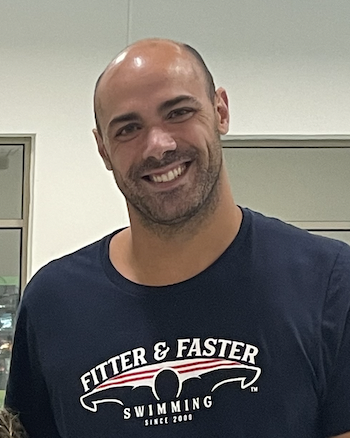
Joao De Lucca
Joao Delucca is one of our most experienced top level clinicians as a two time Olympian, having competed in London in 2012 and his hometown of Rio de Janeiro in 2016. Winning a Gold Medal on a world stage in the sport of swimming requires the utmost discipline, attention to detail, work ethic, and passion for being the best. Joao Delucca brings all of these skills to the table as a Fitter and Faster clinician and gives his all to the swimmers he coaches.
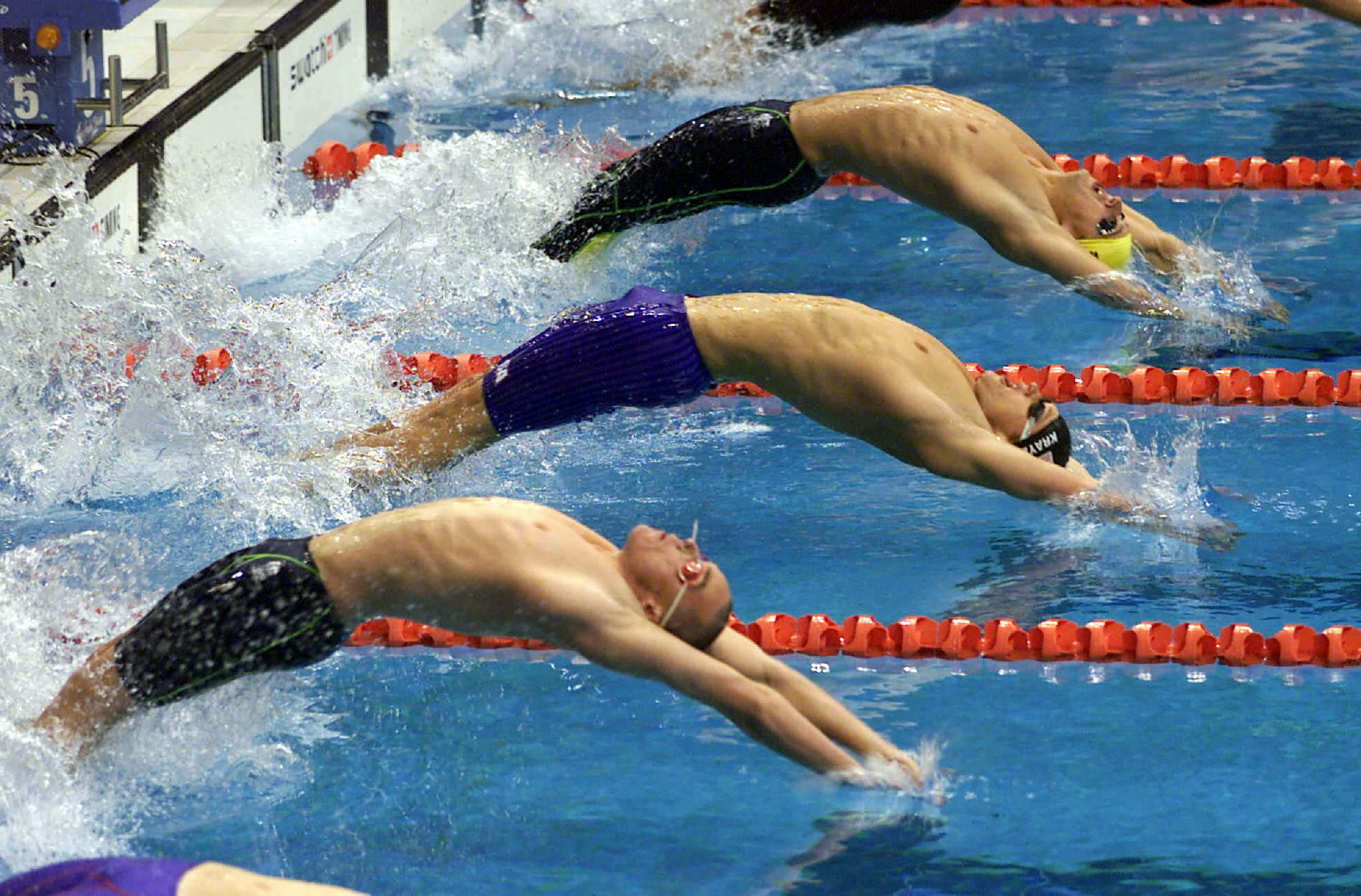
Josh Watson
Josh Watson competed in the 2000 and 2004 Olympic Games for Australia and the 1998 Commonwealth Games and 1999 World Short Course Championships! Josh brings a wealth of knowledge and experiences to clinics as a Fitter and Faster clinician and gives his all to the swimmers he coaches! Don't miss the opportunity to work with Olympian & Elite Clinician Josh Watson!
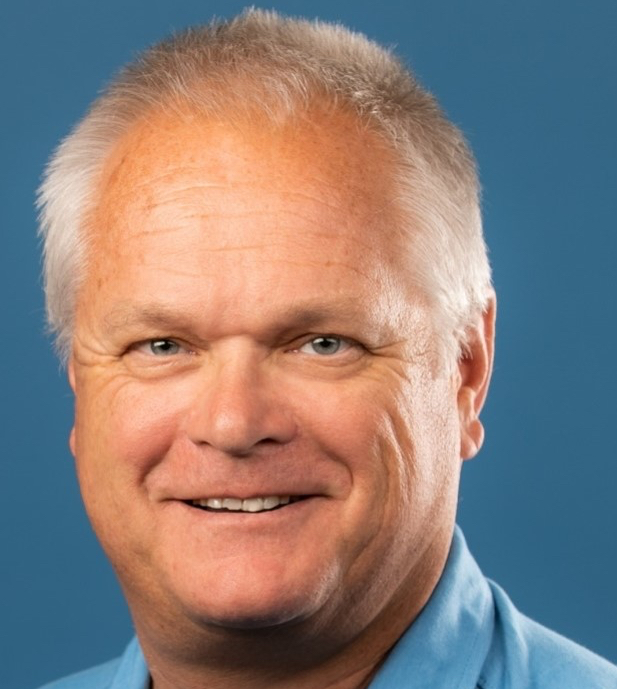
Mark Hesse
Coach Mark Hesse is Fitter & Faster's Director of Education and Swimming Performance! Mark is widely known for proactively working with coaches and swimmers at each progressive level: from the beginner swimmer to the Olympian. He studies and teaches trends in stroke technique, training, nutrition, seasonal planning, use of video and race stats, goal setting, psychology and much more! He is a master of developing healthy, highly successful athletes and teams with an emphasis on coach mentorship, relationship building, team dynamics and communications.
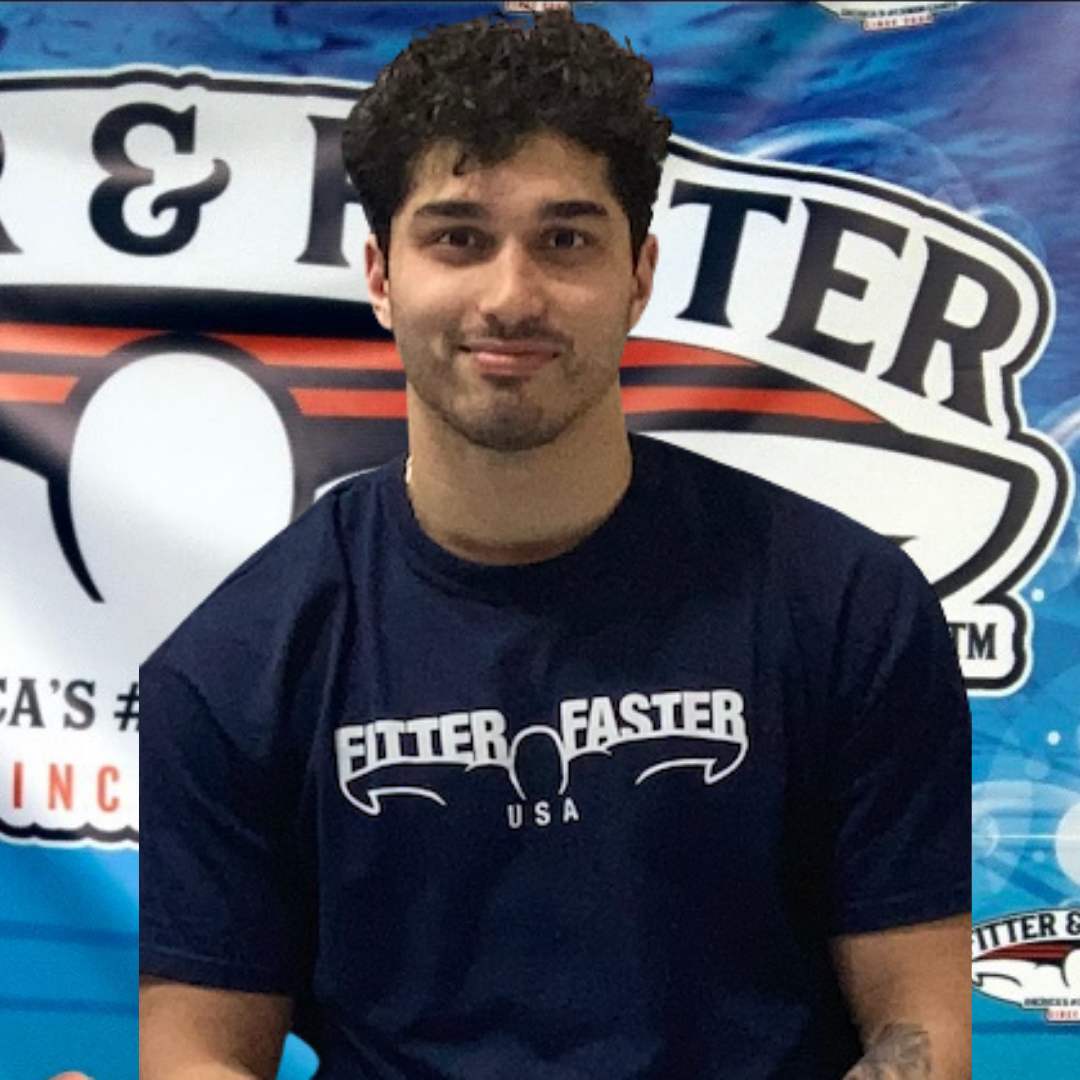
Matthew Abeysinghe
Matthew Abeysinghe is a 2x Olympian, 2x Worlds Competitor, Sri Lankan Record Holder, and South Asian Games' most decorated swimmer! Matthew brings a broad range of knowledge, experience, and skills to his camps and incredible energy and attitude. You don't want to miss the opportunity to work with Matthew!
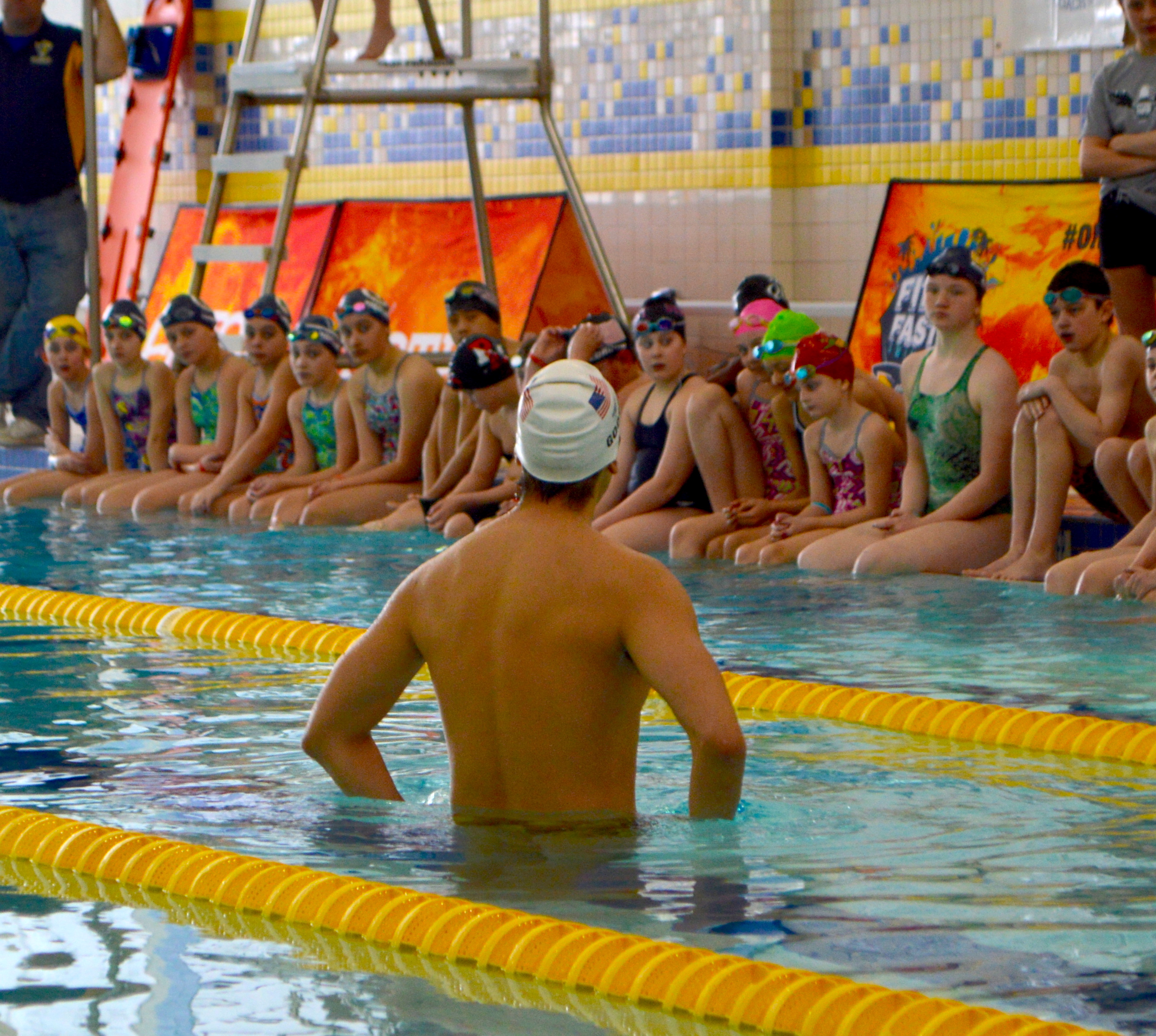
Elite Clinician
Fitter and Faster clinicians are Olympians and National Team members who have achieved at the highest level of the sport of swimming... and who have the unique skill to teach what they know from a technical perspective to swimmers of all ages and abilities.
Inquisitive, Educated Swimmers are Faster Swimmers! Sign up today!
Search all of our clinics...or request a clinic in your area


